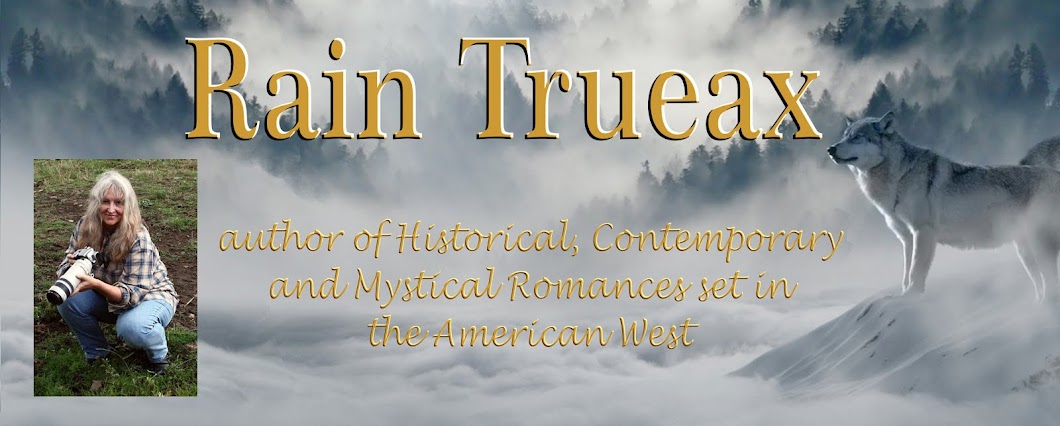It's a bit ironic that
romances, which are read most often by women, have at their heart a
hero. That does not mean, however, that the heroines are not important.
If they are obnoxious and frustrate the reader, they can end up ruining the book. Still, if they are perfect, without a flaw, they seem
unreal. So writing a heroine who can carry the story forward is as
challenging as getting the right hero.
In
the past i have written about how in a romance, one of the characters
is mythic and the other represents the rest of us more ordinary folk.
Most often, it's the hero who is mythic although it can go the other
way. Heroines though generally represent a version of the reader and through their
experiences, the reader gets to share in a world they will never know
any other way (nor would they want to).
To some level, this is true of all really good writing. It takes you inside the head of someone else and lets you experience an alternate life. Anybody actually want to live The Life of Pi? But feeling like you did through words and imagination, that's just fine.
With
my wagon train story, my heroine is the youngest I've ever written.
Amelia Stevens is not yet eighteen. She is the only heroine I ever wrote that young. My average heroine is in her late twenties or
mid-thirties. Amy Stevens had to be not much more than a girl to suit
the story. Of course, that was how old I was when I first had her come to my imagination.
Amy, not unexpectedly, has a lot of growing to do. The story in Round the Bend
will give her plenty of opportunity on multiple
levels. She begins her journey full of naive
(but understandable) concepts about life-- most of which she has gotten
from her extensive reading. Coming from a well-off, loving and
protective family, she has had every
opportunity to explore learning.
She fancies herself a bit of a bluestocking or maybe a bluestocking wantabe. In Amy's time, the term was regarded rather
insultingly to be intellectual and frumpy women. Bluestockings came out
of the era where such groups, which sometimes included intellectual men,
met to discuss ideas and critique work. The literary society that had
so intrigued and formed many of Amy's early ideals had been founded in
England in the 1750s by Elizabeth Montagu.
Amy also
admired the female poets, of her time, women who wrote about social conditions
and were early feminists. With a few exceptions, their work was not
widely known then or today, but their fiery way of speaking their minds and
leading unconventional lives inspired some women-- not to mention
worried men.
As Amy saw it, before the big
wagon train headed out, this might be only the beginning of
adventuring. She could visit places she'd only read about like the
Sandwich Islands. She could write and put her thoughts forward for
others to consider. Up until this time she had written poetry but shared
it with no one-- except her best friend, Matt. She did not see herself
marrying. Although she admired and loved her mother, she had no
intention of giving up her dreams for any man. What
she doesn't understand, in Missouri, is the power of love; and how when a woman
truly loves a man, it will impact all else that she does.
Amy has two
possible suitors on the wagon train. One looks much like those fictional
heroes she's been reading about. She loves the other. He has been her best friend since childhood, but she could never see him the role as a suitor.
The
trip west will both challenge her notions and force her to face physical
reality. It's an irony that while she is eager for change, she also
fights it tooth and nail. The girl she is when she leaves Missouri will
not be the woman she becomes by the time she reaches Oregon. This
transition doesn't just come through a man but through the things she
sees and comes to understand about physical reality. Words can only take it so far.
For book trailers and an eventual
cover, her face was easier to find as she was beautiful with long black
hair. Harder for me was to keep her interesting and make her changes
believable. Having gone through that age myself, remembering how my set
ideas didn't often end up the final ones, helped a lot.

